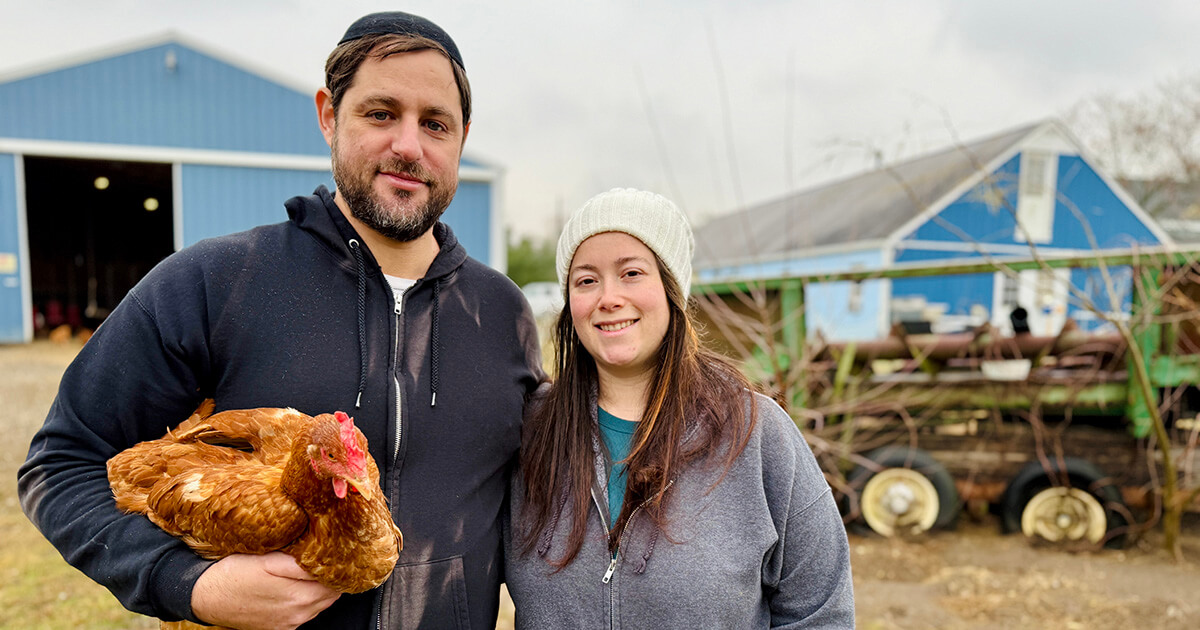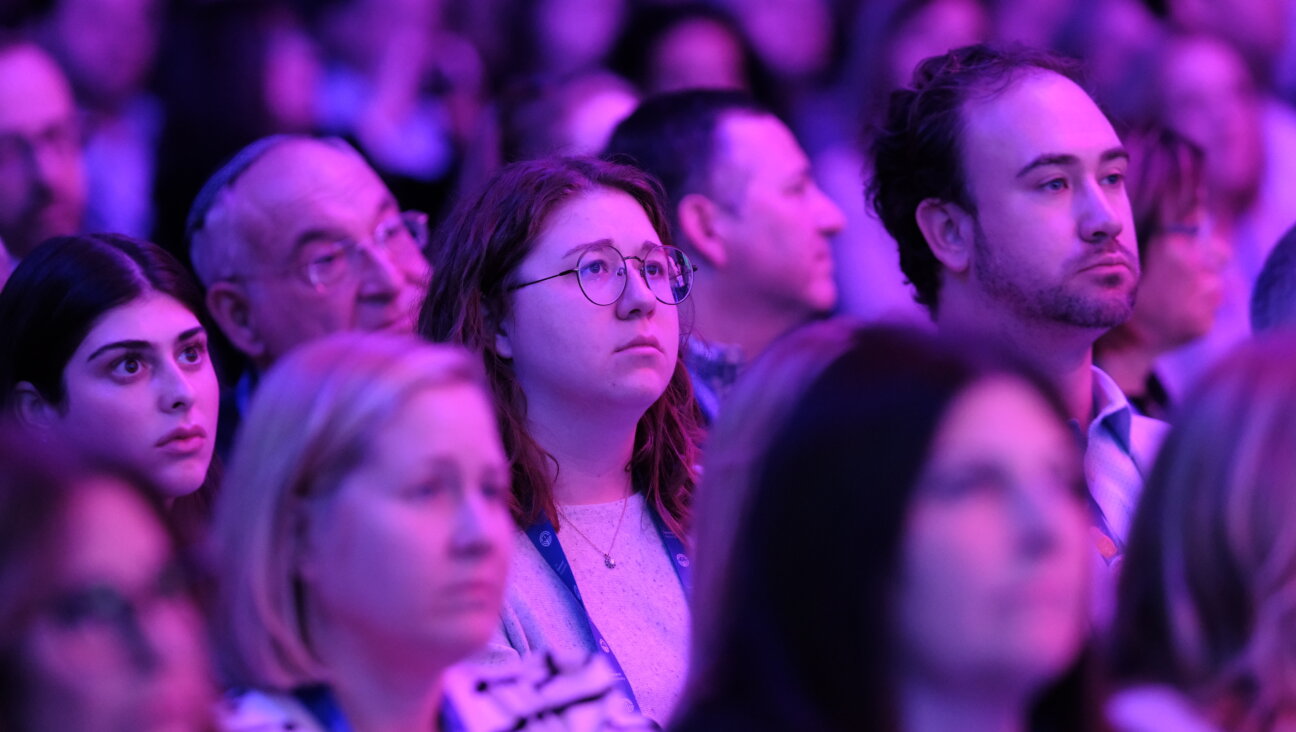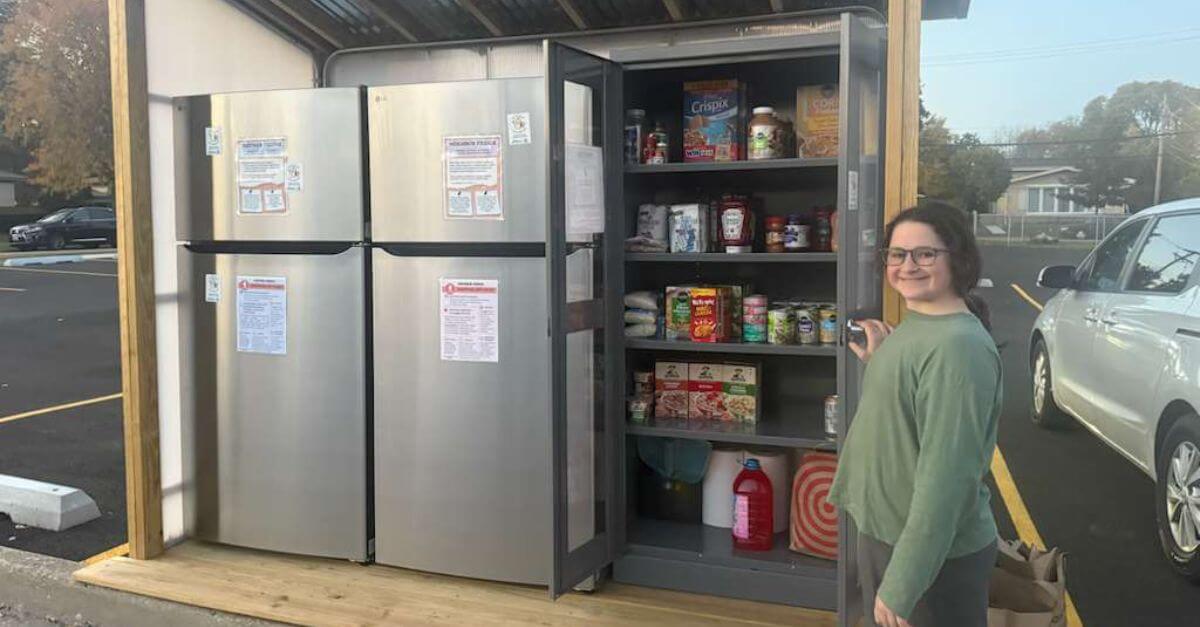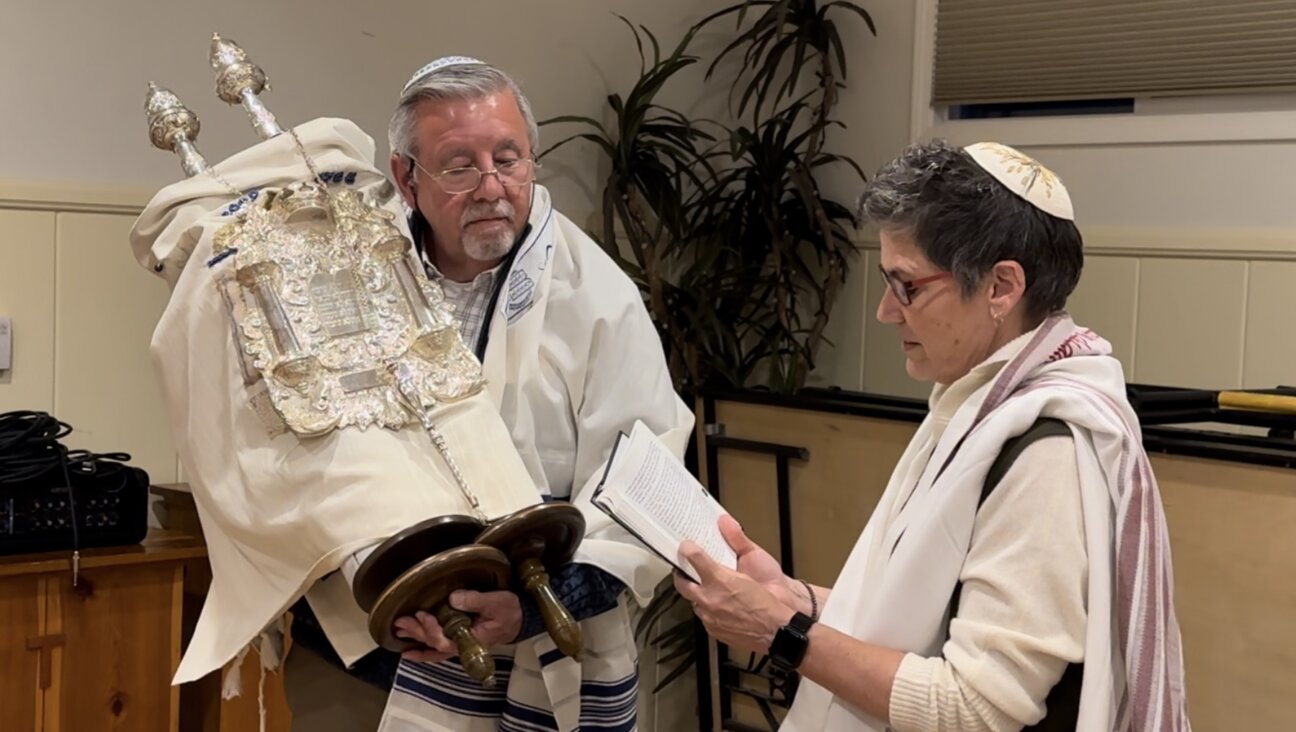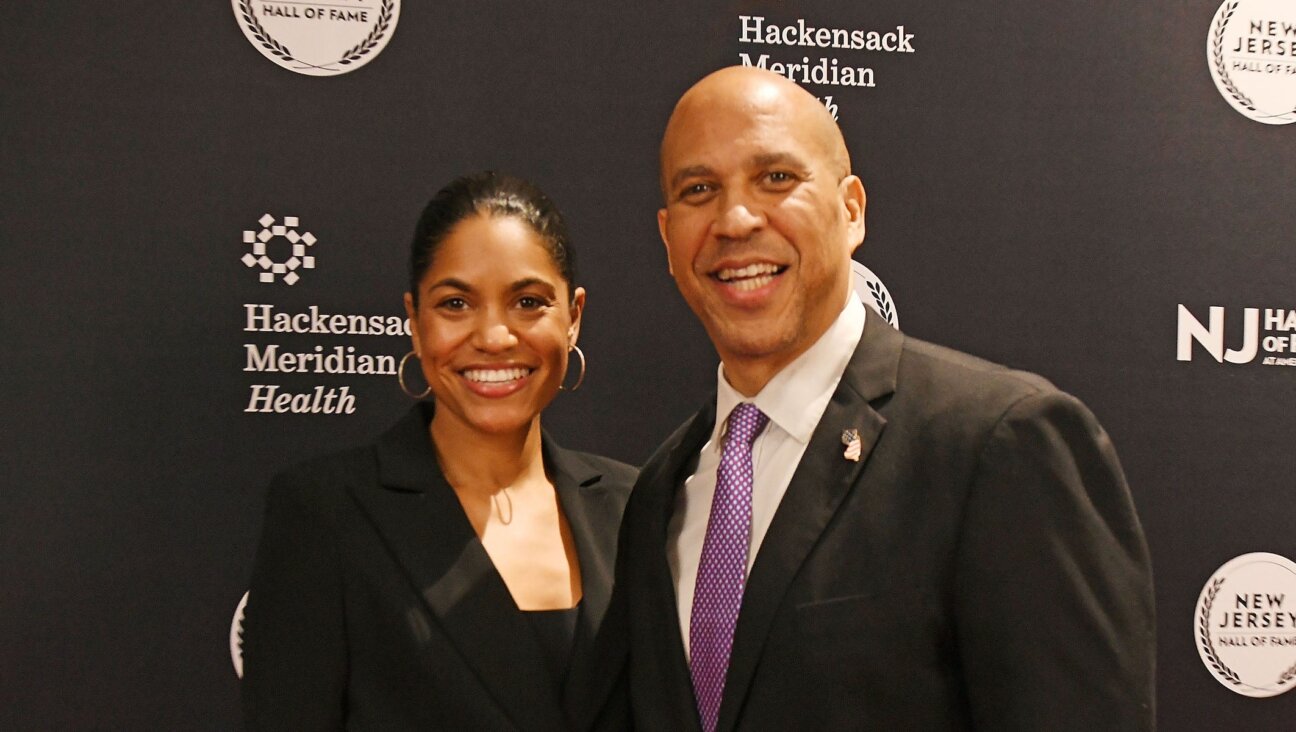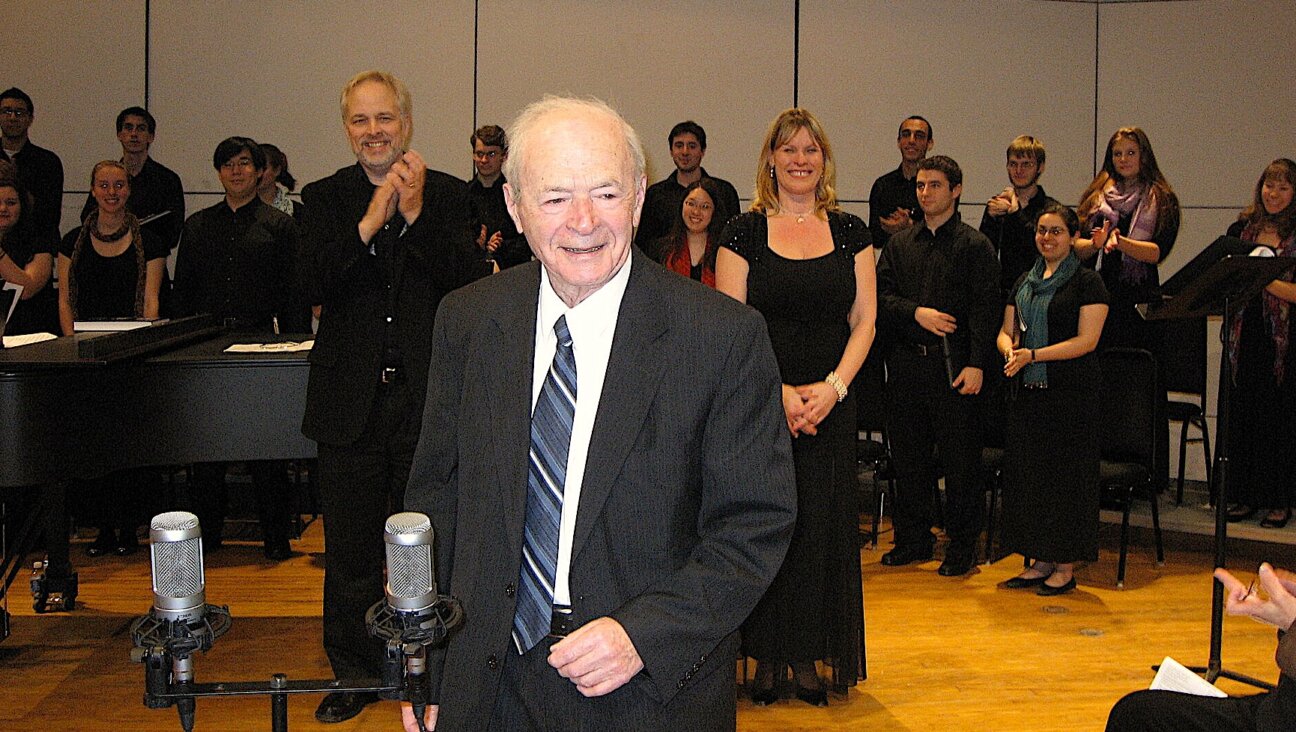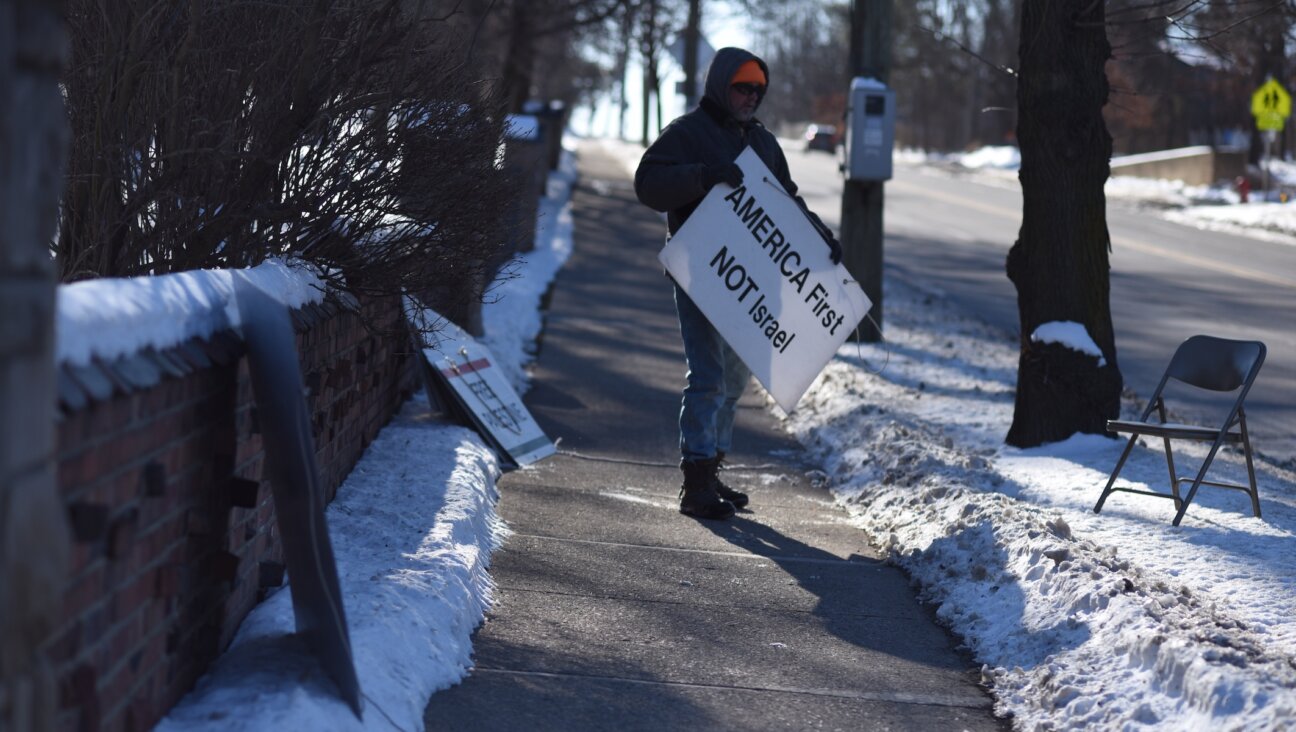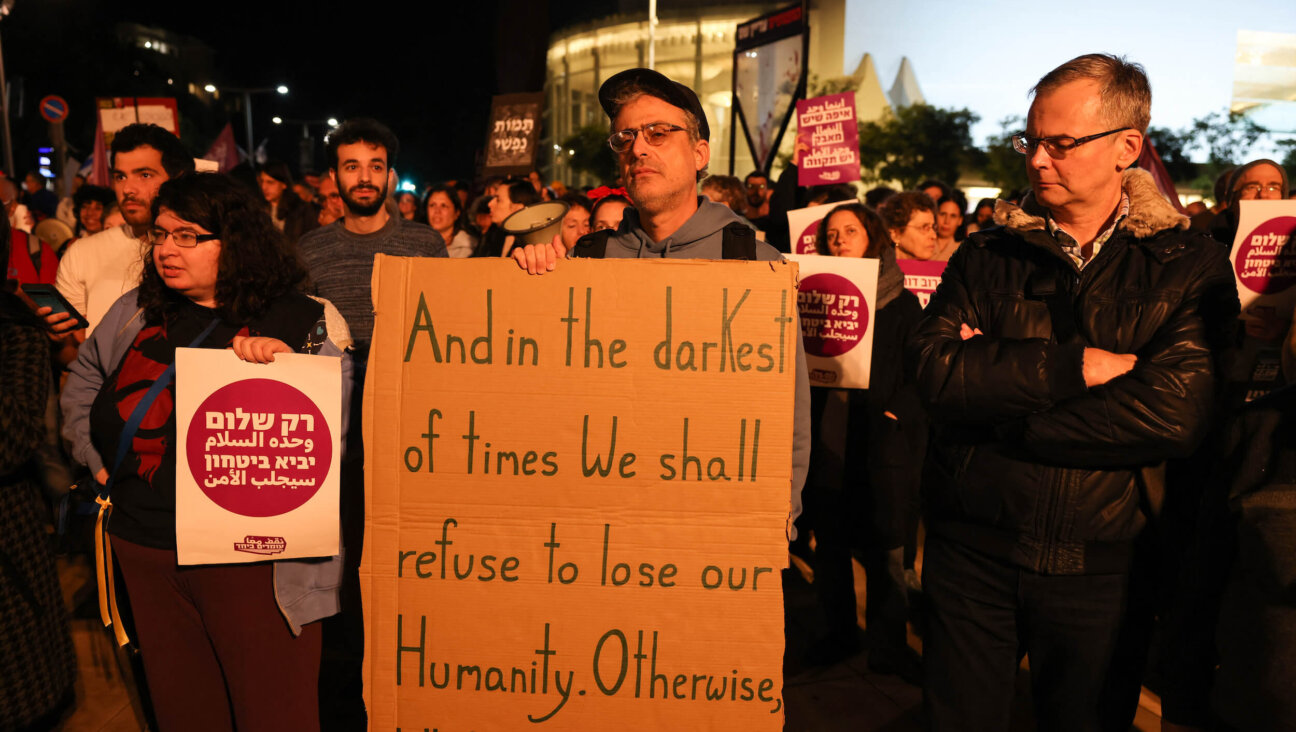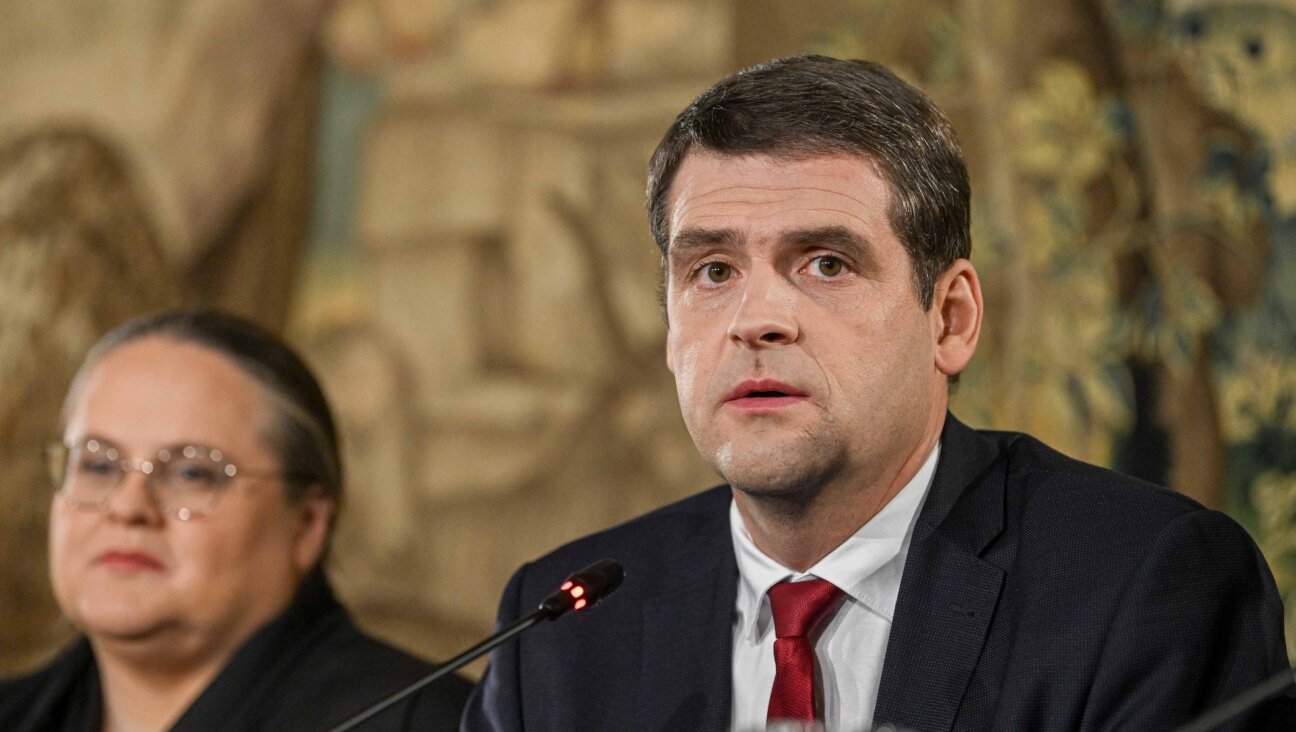A Jewish farmer drove 600 miles to rescue a century-old synagogue. Now he’s building a new one in a cornfield.
All four of Nik Jakobs’ grandparents survived the Nazis. Now this Jewish cattleman is honoring them — and a shuttered Rust Belt synagogue — by building a new sanctuary and museum in rural Illinois

Nik Jakobs holding the Torah donated to him by Temple B’nai Israel in White Oak, Pennsylvania. A moving truck is in the background. Photo by Benyamin Cohen
WHITE OAK, PENNSYLVANIA — Nik Jakobs, a Jewish cowboy with a finance degree and four daughters, isn’t your typical synagogue president. Then again, the synagogue he’s building — from the remains of one that just closed — isn’t typical either.
That mission is what brought him from a cattle farm in Sterling, Illinois, to the town of White Oak, in western Pennsylvania, on this warm May morning, with a plan to carefully remove the sacred objects of a dying synagogue and use them in a new shul in a cornfield 600 miles away.
In scuffed boots and a black T-shirt streaked with dust, Jakobs stood, staring up at a 15-foot ark.
“This has been their life,” he said, lifting his baseball cap with the Jakobs Bros. Farm logo on it and wiping sweat from his brow. “They were bar mitzvahed here, their kids and grandkids were bar mitzvahed here. They’ve broken bread here with their loved ones, they’ve shared celebrations and they’ve gone through hardships. This is the place where that all happened.”
He rested his hand on the ark’s edge like he was testing its temperature. “I have a pit in my stomach,” he said. “I know I’m doing something good, but you’re still sad to see it go. It’s bittersweet.”
He looked up. “Oh,” he said, “that’s a big ark.”
Jakobs, 40, climbed a ladder and stepped onto the top of the ark, which was shaped by craftsmanship and polished by time. One by one, he eased the nails from their place, holding each for a beat before letting it fall to the carpet below — not with a clang, but a soft, almost sacred drop.
“If I get to be a small part of taking some of the nostalgia of this building, and bringing it to Sterling, Illinois,” he said, “that’s something I feel honored to do.”
He is building a synagogue and a museum in his hometown — a sanctuary for his congregation, and a refuge for Jewish memory. A place that smells like cow pasture and hope.
He moved through Temple B’nai Israel in White Oak with a kind of joyful gravity. He listened as the last congregants shared their stories, handing them over like heirlooms.
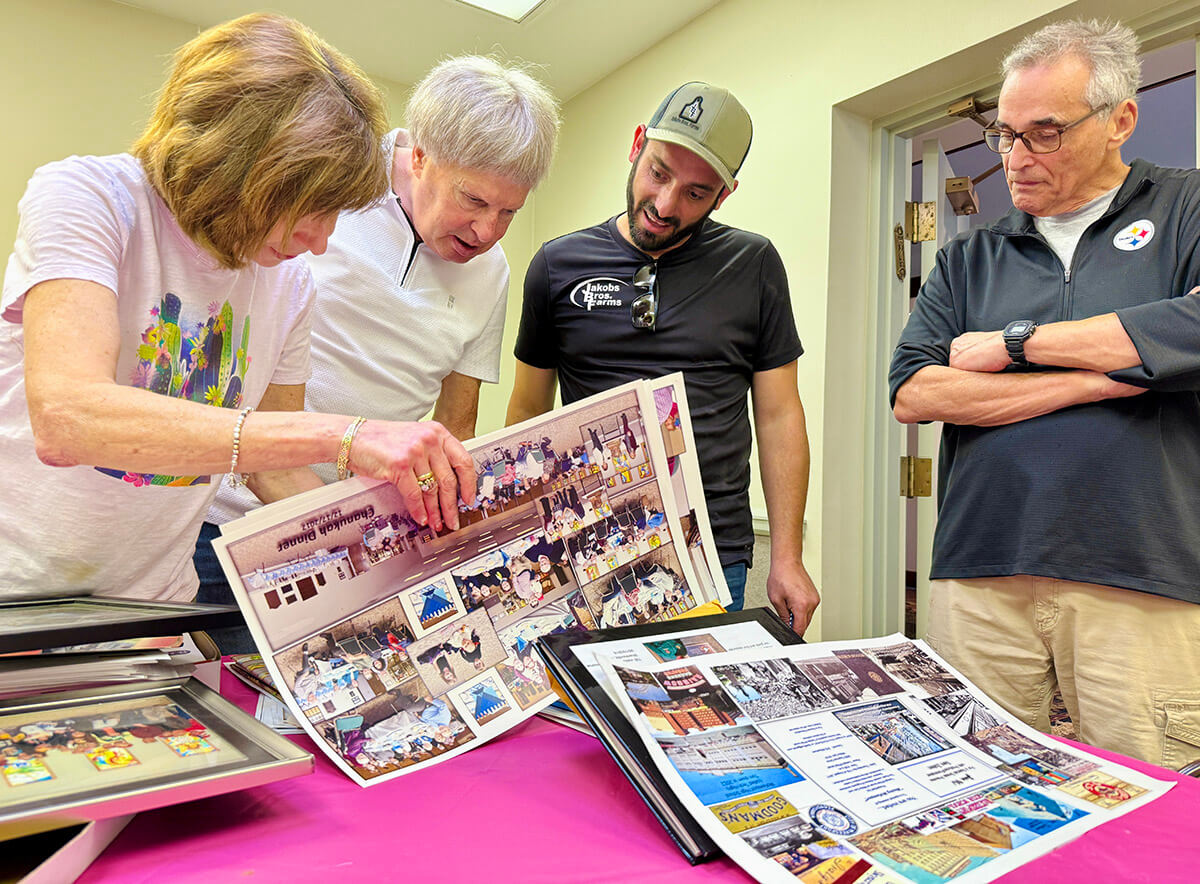
Behind him, five men from All Ways Moving moved with the kind of hush usually reserved for pallbearers at funerals. They carried the past out in pieces: the bimah, the rabbi’s chair, silver Judaica. Stained-glass windows tucked into crates. Each object was placed into the truck like it was being entombed.
Jakobs, a third-generation farmer raising cattle, had flown in that morning with a carry-on cooler full of frozen beef, his version of an offering. He handed out bricks of meat, wrapped in butcher paper and midwestern pride. It was more than hospitality. It was something closer to a covenant.
“I guarantee this will be the best hamburger you ever eat,” he said, smiling like a man who meant it.
Someone ordered pizza from Luciano’s. Debbie Iszauk, the Temple B’nai Israel office manager now easing into retirement, brought out cold drinks. She moved quietly, watching the scene unfold with bittersweet calm. Maybe this was what closure looked like: a half-eaten slice getting cold, a Havdalah spice box nestled beside a roll of packing tape, strangers becoming stewards.
The remaining members watched and offered advice. Dick Leffel, a past president of the shul, helped Jakobs loosen the twin Lions of Judah from the top of the ark, their wooden paws reluctant to let go.
A handful of congregants had gathered for the occasion and beamed — proud and present — bearing witness as history was loaded, gently, into a trailer bound west.
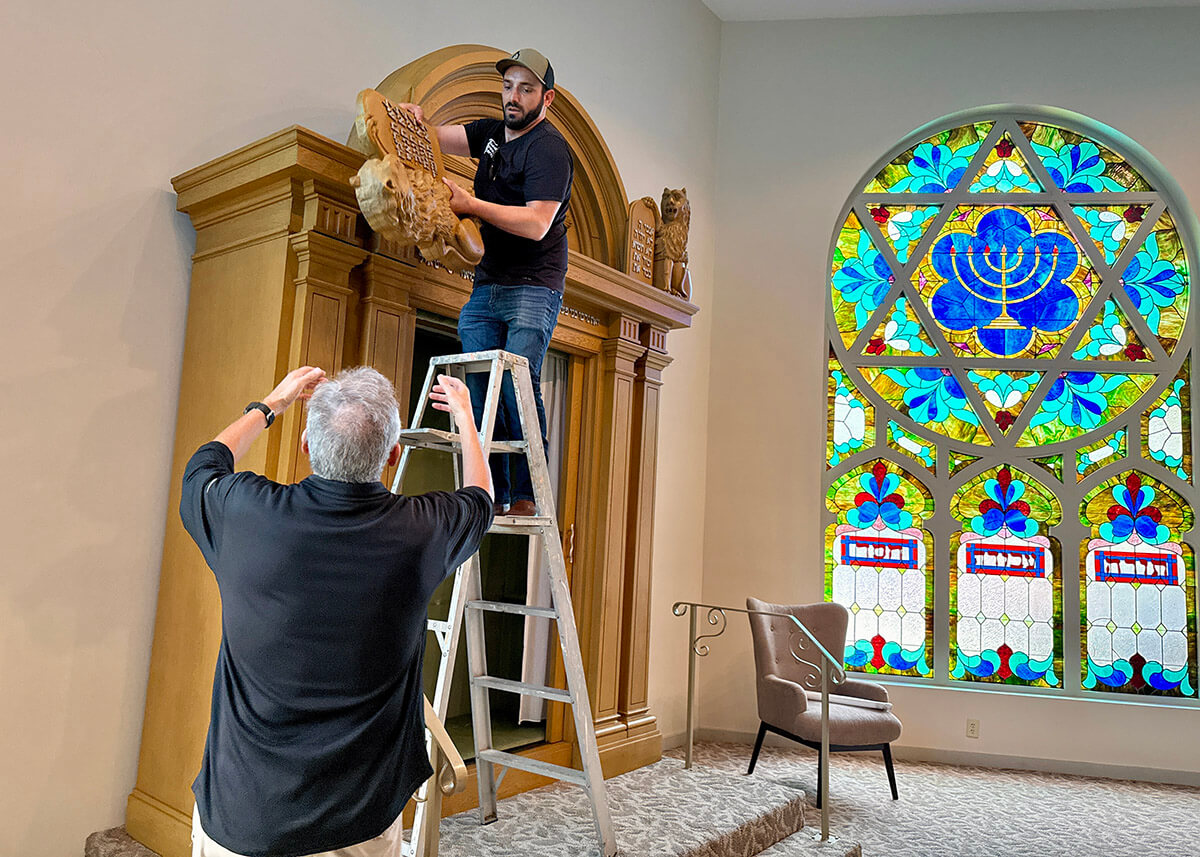
A turning of a page
A small-town synagogue in the hills of western Pennsylvania, closing its doors after 113 years, is the kind of unnoticed final chapter that happens often in places like McKeesport and White Oak — towns where the steel mills are silent, the storefronts are shuttered, and the synagogue is often the last to leave.
But this was different.
When the folks at Temple B’nai Israel first heard that Jakobs wanted to take pieces of their synagogue, they weren’t sure what to make of him. A Jewish cattleman from rural Illinois? A guy with a couple thousand beef cattle asking for their ark? It sounded like a scam, or a Coen Brothers film.
The odd story, coupled with the Dutch spelling of his first and last names — Nik Jakobs — didn’t help. Was this a Messianic congregation affiliated with Jews for Jesus?
Someone at the Jewish Community Legacy Project, an Atlanta-based nonprofit that had served as a matchmaker between the synagogue and Jakobs, sent along a photo — a snapshot of a temporary sanctuary on the Jakobs family farm. A tent pitched in pastureland, its canvas walls rippling in the wind, plastic chairs arranged in rows. The members of TBI studied it like it was a Talmudic tractate.
They zoomed in. They squinted. And then someone saw it — in the top right corner, half-shadowed beneath a folding table: a prayer book they recognized. A sigh of relief.
Inside Temple B’nai Israel, Jakobs stood just beyond the doorway. He wondered aloud: Would his daughters ever feel about a place the way these people felt about this sanctuary?
“I’m going to be taking a lot of this stuff,” he said, almost whispering. “And trying to honor this congregation.” His eyes moved across the room — curious faces, cautious ones, all older than him by decades. “What would be a couple of takeaways you’d want to make sure stick with me?”
Gary Gaal, a longtime congregant, answered instantly. “Serve a potluck dinner after Friday night service,” he said. “The social part is so very important. Make it a community and you’ll thrive.”
Jakobs nodded. A potluck. Sacred didn’t have to mean solemn. It could smell like kugel and sound like laughter.
And just like that, the Torah wasn’t the only thing being passed down.
Farm to shul
Jakobs was raised on cattle feed, scripture, and the kind of expectations that come with being the grandson of Holocaust survivors who built something from nothing — and expect you to do the same.
In Sterling, Illinois, the Jakobs family ranch is less a business than a belief system — built on sweat, soil, and the stubborn idea that you don’t just raise cattle; you raise legacy. The Illinois Beef Association once named Jakobs Bros. Farms the state’s top producer. Recognition was nice. But Jakobs had fences to mend, calves to feed, and bigger things on his mind.
While the ranch grew stronger each year, the synagogue just down the road was slowly falling apart.
Temple Sholom — founded in 1910 — had once been the beating heart of Jewish life in Sterling, a town of 14,500. Its Jewish community, once more than 100 people, included a pharmacist, the manager of Kline’s department store, and the owner of a local McDonald’s franchise.
The congregation is now a tight-knit group of 40, most of which is the extended Jakobs family — who have helped shape it, populate it and keep it alive. Jakobs was bar-mitzvahed there. Later, he became the gabbai — the one who calls others to the Torah.
But by its centennial in 2010, the roof was sagging, the pews were empty, and the property was slipping into disrepair. This spring, the building was sold for a bargain — to a church, which is already working on the repairs. “We’re paying it forward,” Jakobs said. “They look at it as a gift from God.”
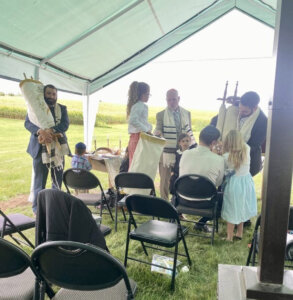
The congregation moved into a tent on the Jakobs’ ranch. There, amid the smell of manure and the lowing of cattle, a new kind of Judaism took shape. Not Orthodox, not Conservative, not Reform. “Reconservadox,” he joked.
And Jakobs — determined, hopeful, and the synagogue’s president — started asking a different kind of question: What does it look like to build a community that lasts?
Jakobs hadn’t always been the guy in boots and a Carhartt jacket, setting up folding chairs under canvas. Before the ranch, before the tent, he lived in Chicago — in a world of corner offices and conference calls.
A degree in finance from the University of Illinois had led him to mergers and acquisitions and corporate turnaround work — spreadsheets, strategy decks, broken systems begging for repair.
“I have no fear when it comes to problems I don’t know how to solve,” he said. “Consulting taught me that.”
But this project wasn’t about margins or market timing. This was bigger. Messier. Holier.
All four of his grandparents survived the Nazis. One of them, Edith, is still alive — 94 and sharp as ever. She’d spent nearly three years hiding in a space the size of a shed with a dozen others in Holland. No windows. No light. No stepping outside. Her story sounds like Anne Frank’s because it nearly was.

A business associate of her father’s offered shelter — a single interior room with a table and two chairs in the middle. Off to the side, behind a screen, a bucket for a bathroom. Piles of hay for the children to sleep on. Edith passed the time embroidering. One of her creations — a delicate white tablecloth — survived. Today, it’s used to cover the Torah scrolls during services in the tent on the Jakobs ranch.
When the war ended, and Edith finally stepped into sunlight at age 13, she could barely walk. Her legs needed physical therapy. Her voice never returned to full strength — softened by years of whispering.
When Jakobs loads the truck, when he opens the storage crates, when he lays his hand on the side of the ark, he said he pictures Edith. He remembers the way she once described the hiding place — how quiet it had to be, how dark. And on days like this, with Torah scrolls in transit and pieces of Jewish life in bubble wrap, it’s impossible not to think about her.
What he’s doing isn’t just for his kids. It’s for Edith, too.
He couldn’t rewrite her history. But he could raise something in its honor — something rooted in memory, but built to last.
A shul takes shape
The family ranch was remote. It wasn’t built for foot traffic or first-time visitors. So Jakobs looked elsewhere for a permanent spot for a new synagogue. On the north side of town is a Lutheran church. A member of the church, a farmer himself, offered to sell him about two acres where corn once stood. Right next door to their own sanctuary. Steeple on one side. Soon, a shul on the other.
The church’s name — New Life — felt like a sign.
This fall, he plans to break ground on a 3,000-square-foot building with a synagogue and a museum: of his family, of the Holocaust, of the shuttered synagogues of small-town America. The fragments Jakobs managed to save.
And there were many.
Temple B’nai Israel wasn’t the only place offering up its past. Beth Israel in Washington, Pennsylvania — founded in 1891 — sold its building in 2024. They heard about Jakobs’ quixotic quest and shipped what they could. Among the items: a dozen cement plaques, heavy and ornate, each one bearing the name of a tribe of Israel. A mason was hired to pry them from the walls, one by one.
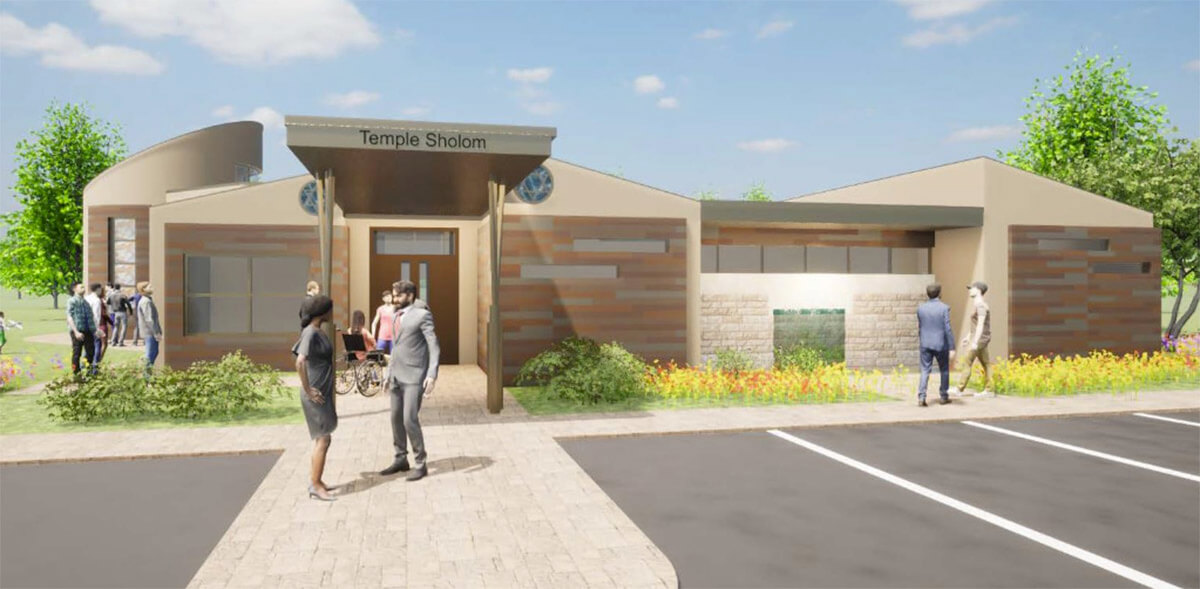
Jakobs imagines the future: school buses pulling up, eighth-graders stepping off — not yet aware of the history waiting inside. Borrowed exhibits from the Illinois Holocaust Museum in Skokie. His cousin Hannah, who just graduated with an art history degree from a university in Paris, helping to design the space.
He imagines his oldest daughter, Taylor, standing at the bimah for her bat mitzvah in 2027, reading from a Torah her dad rescued from the hills of western Pennsylvania.
The last amen
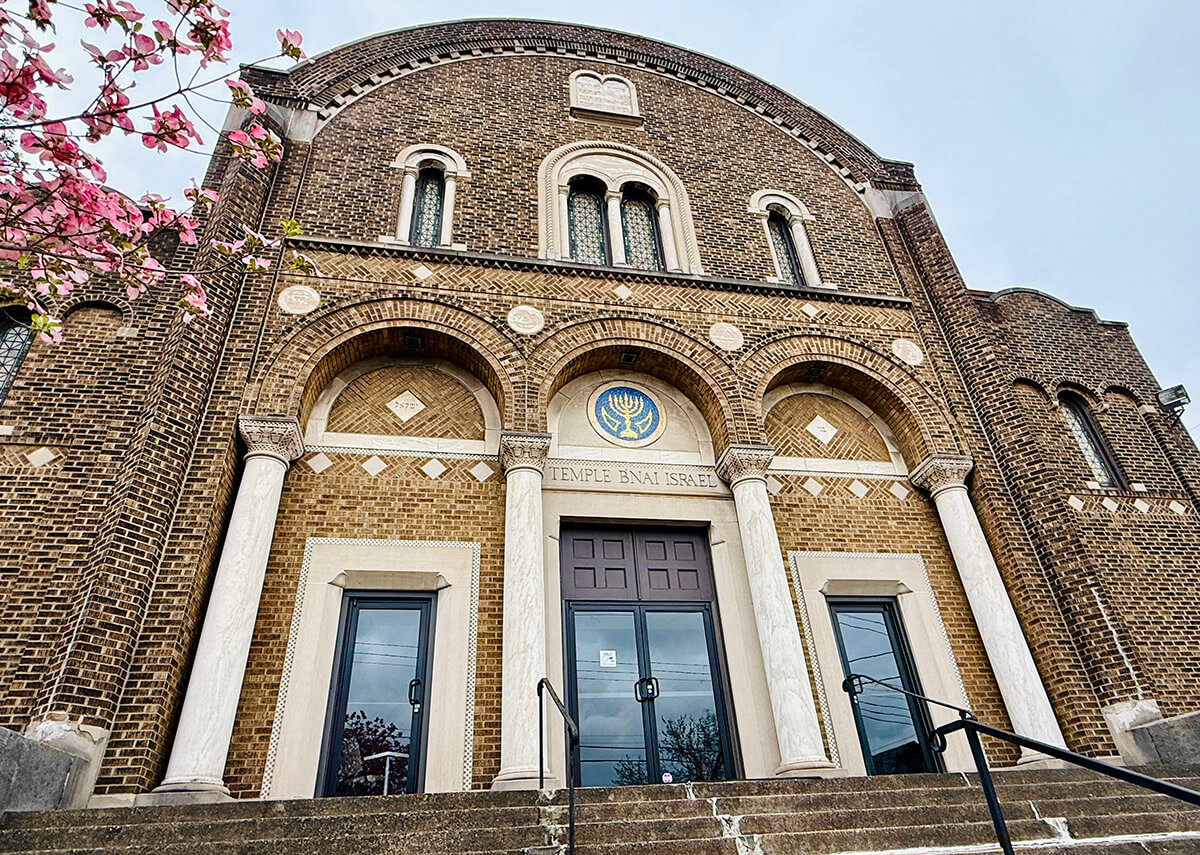
Temple B’nai Israel began in McKeesport, Pennsylvania, in 1912 — two years after Temple Sholom opened in Sterling — built by Hungarian Jews chasing the American promise of steel. Back then, the mills burned hot, the trains screamed through the hills, and money moved like floodwater. The temple rose, stone by stone, a bulwark against exile and erasure. It endured.
McKeesport, though, did not.
Today, walking its streets feels like stepping into the past — a ghost town etched in boarded-up windows and rusted freight. This was once the headquarters of G.C. Murphy, the five-and-dime empire. Now it’s decay with a ZIP code.
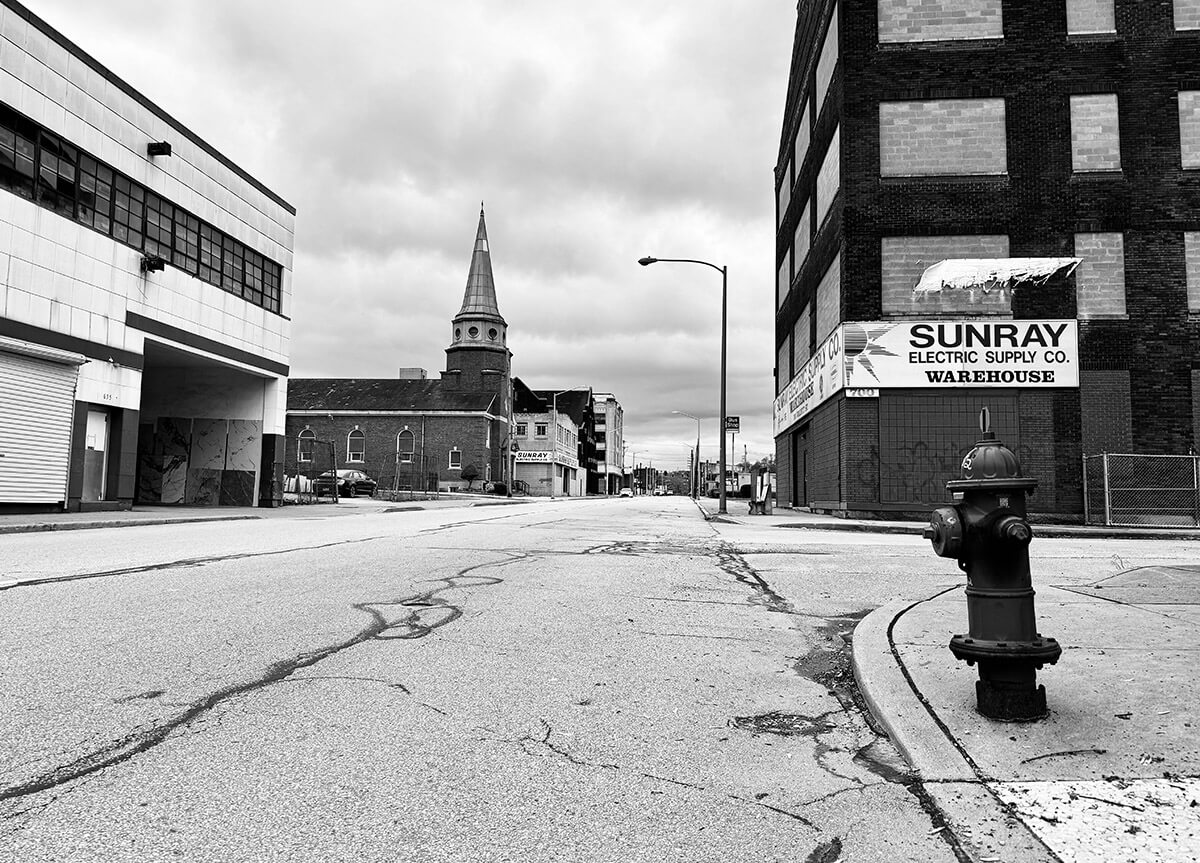
In 2000, the congregation moved from McKeesport to neighboring White Oak, trying to outrun the downturn. For a while, it worked. Services continued. Holidays were observed. The coffee pot perked, the challah was sliced, the ritual held.
But by this spring, the center couldn’t hold.
And so, one Saturday this April, they gathered in the sanctuary — not to save it, but to say goodbye.
Former members flew in from Arizona, from Georgia, from Costa Rica. About 150 in all. So many they ran out of prayer books. Most were older. People who had once sprinted down these hallways, been scolded in Sunday School, kissed under chuppahs.
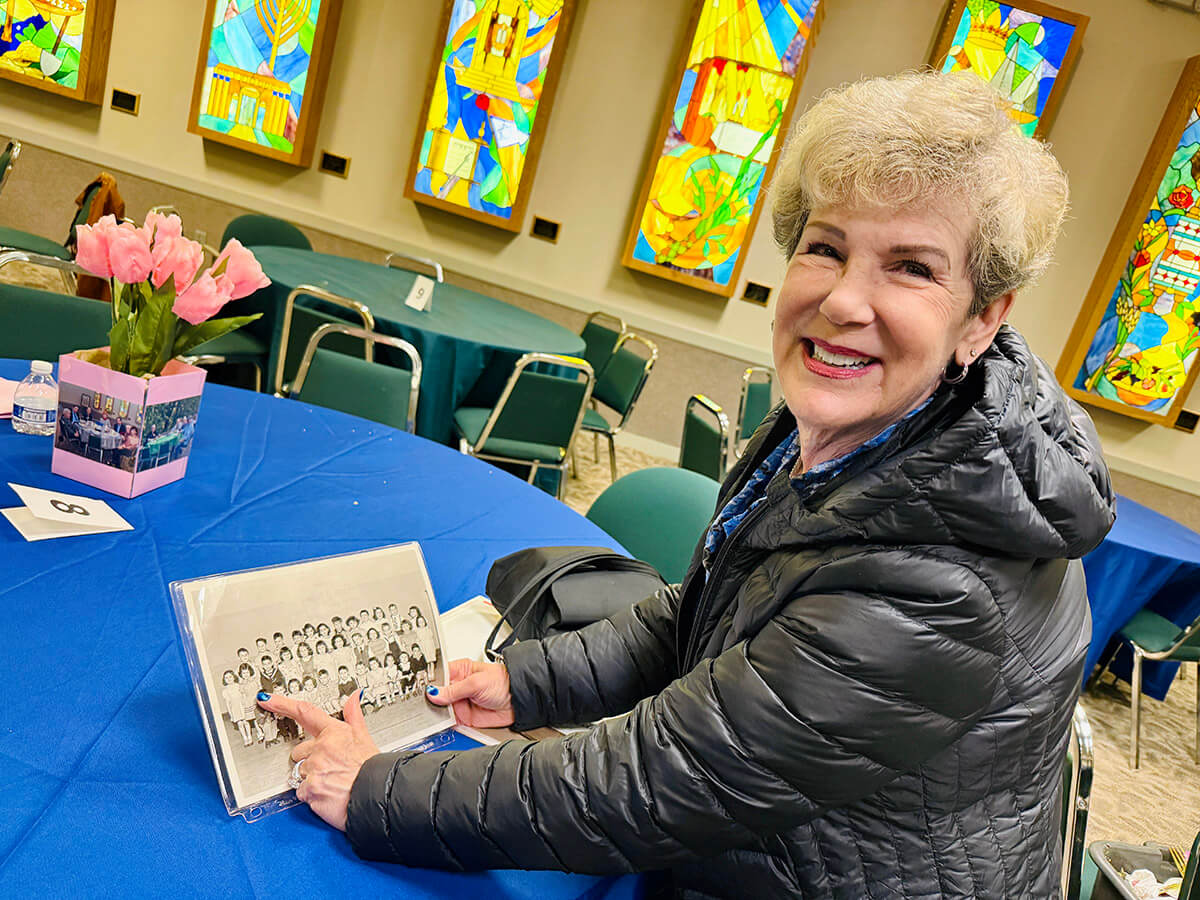
Rabbi Danny Schiff stood at the bimah one last time.
He had flown in for this from Israel. From a new life. From the future.
“I am beyond humbled,” he said, scanning the pews. “Remember who was once with you in the seat beside you. Think of all those extraordinary people, all of them so diligently and devotedly committed to this community.”
Schiff had first come to Temple B’nai Israel in 1993, when things felt uncertain. Adrift. The synagogue president, Bernie Goodman, didn’t sugarcoat it.
“You will bury us all,” Bernie had told him. “Then you will turn the lights out.”
He paused, letting the weight of the memory settle. “Bernie was right about a lot,” he added. “But he was wrong about that.”
Because for a while they grew. High Holiday services reached 400. The pews overflowed. Children rustled in the back rows. The prayers spilled into the social hall. It wasn’t just survival — it was revival.
“Even though the doors may close, the impact will never cease.”Rabbi Danny Schiff
And then the momentum slowed. “Once you’re gone, it’s over,” they told him. Schiff left in 2009. The predictions returned.
But that morning, standing at the pulpit in front of the shul — looking into the eyes of people who had defied time, defied the odds — Schiff said the words that might have mattered most.
“The astonishing thing,” he said, “is not that we have arrived at this day. The astonishing thing is how well we did in keeping this congregation alive and vibrant and vital for so very long.”
“That was the miracle,” he said. Not permanence — but persistence.
When the ark moves on
The Haftorah for that final service came from the Book of Samuel — chapter seven. A story about a sanctuary. A story about departure. The kind of coincidence that feels more like design.
Schiff leaned into the moment.
He told them about the Ark of the Covenant — how it moved with the Israelites through the wilderness. How it didn’t come to rest in a palace or holy city, but in the house of a man named Aminadav. Not a prophet. Not a king. Just a man with space — and reverence — to spare.
“For two decades,” Schiff said, “his house was the center of the Jewish world.”
And then — just like that — it wasn’t. “One day,” he said, “they came to take it away. To carry it to Jerusalem.”
Then he asked the question no one else had thought to ask: “But how did Aminadav feel?” he said. “How did his family feel? Imagine: You’re no longer the place. No longer the name people say when they ask, ‘Where do we go to pray?’”
The room held still. No one moved.
“And yet,” Schiff said, “surely they felt pride. Because the Ark had been with them. Because they had held it. Because they had mattered.”
He paused, taking a breath.
“Our proud history will continue,” he said. “We have been transformed by this place. Teach it to your children. Teach it to your grandchildren. Know that a synagogue of this caliber transforms lives. And even though the doors may close, the impact will never cease.”
“We are a cog in the Jewish diaspora. There is no beginning or end to Judaism. It’s like a wheel. It goes around.”Jonathan BeckTemple B’nai Israel congregant
Then it was time.
Steve Klein, a longtime congregant, stood slowly and took the Torah in his arms. He walked the final procession around the sanctuary. Worshippers reached out — fingertips brushing the velvet cover, lips pressing softly against the fringes.
And when the last hand let go, the Torah was returned to the ark — not to stay, but to wait.
Soon, it would be passed forward.
They came, they prayed, they ate
After the final service, they gathered in the social hall: Bagels. Lox. Cream cheese spread thick. Bowls of tuna and egg salad made the same way for decades, maybe by the same hands.
Lisa Feldman Brill, 78, flew in from Atlanta to the congregation where she’d worn her Brownie sash. Where she’d organized youth events. Where she’d been confirmed.
At lunch, she flitted from table to table — celebratory, not somber. She wore two pendants around her neck: a gold Star of David and a ribbon for the Israeli hostages. She touched them both the way some people touch mezuzahs: without thinking, but with feeling.
“It’s bittersweet,” she said. “But I’m thrilled it lasted this long. There’s a soul, a ruach, that puts us together.”
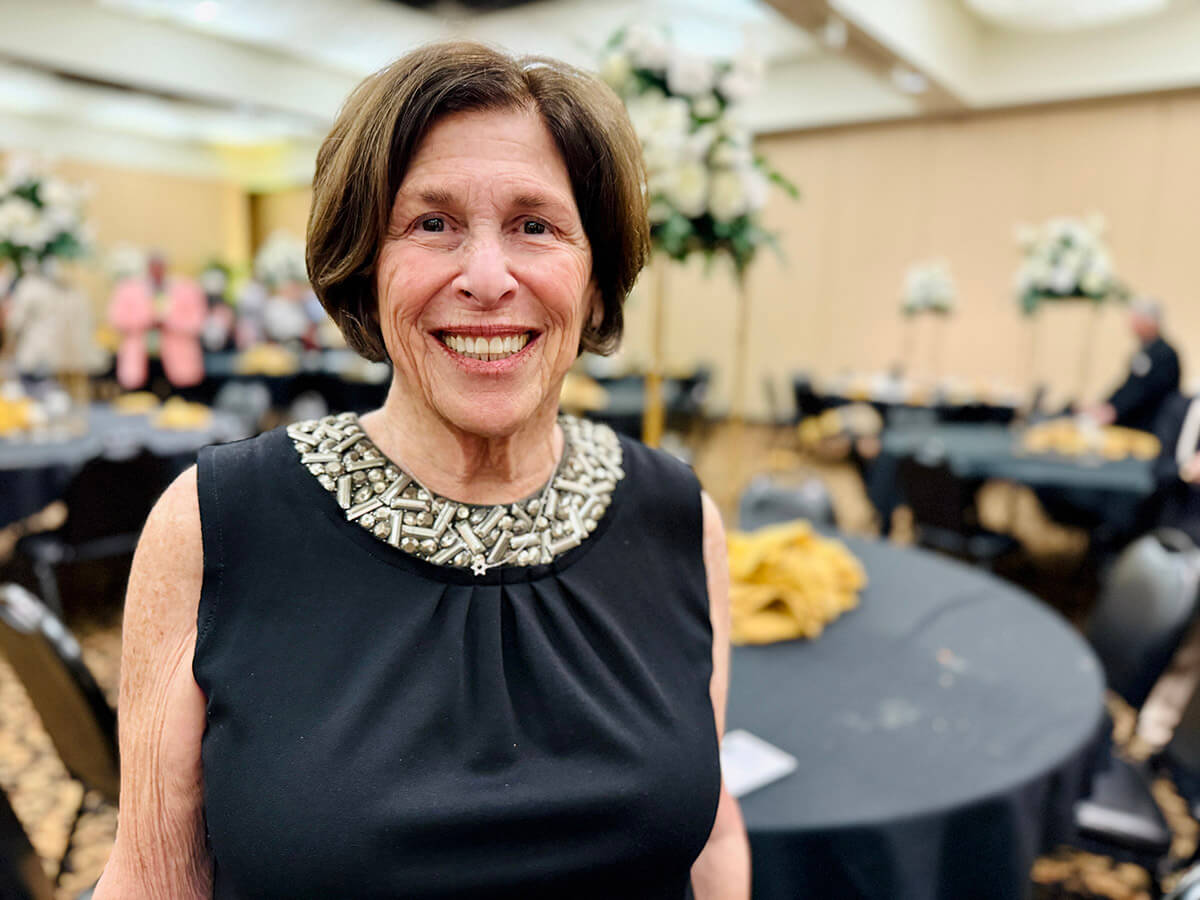
And then came the final task.
The next day, congregants arrived with step stools, plastic bags and screwdrivers. They unscrewed yahrzeit plaques, name by name. They wrapped them, took them home.
The building — once a place of joy and grief, of baby namings and mourner’s minyans — would become something else. It was sold to a catering company for use as a banquet hall. Soon it would echo with clinking glasses, not kiddush. It would host first dances instead of final blessings. Weddings, music, laughter.
It had been, after all, a place of sacred celebration. Now it would bear witness again, but differently.
The road ahead
The late-afternoon sun slanted low as Nik Jakobs stood where history met the horizon. Boots in gravel. Dust on his jeans. Watching as the final pieces of a century-old sanctuary were packed and hauled away.
Behind him, the movers struck the set like pros: the ark, the bimah, stained-glass windows crated like holy relics disguised as freight.
Some things remained. The unclaimed yahrzeit plaques would be buried soon, at the cemetery where the first founders of the shul were already waiting.

A few congregants lingered in the parking lot, offering quiet blessings and firm handshakes. For a dying shul in the Rust Belt, this wasn’t just the best they could hope for. It was more than they’d dared to imagine.
Jakobs nodded, said thank you, and checked his phone. On the lock screen: his four daughters. Their faces glowed beneath his thumb.
Inside, the sanctuary was empty. Just a room now.
He turned back for one last look. Names. Stories. A sacred past.
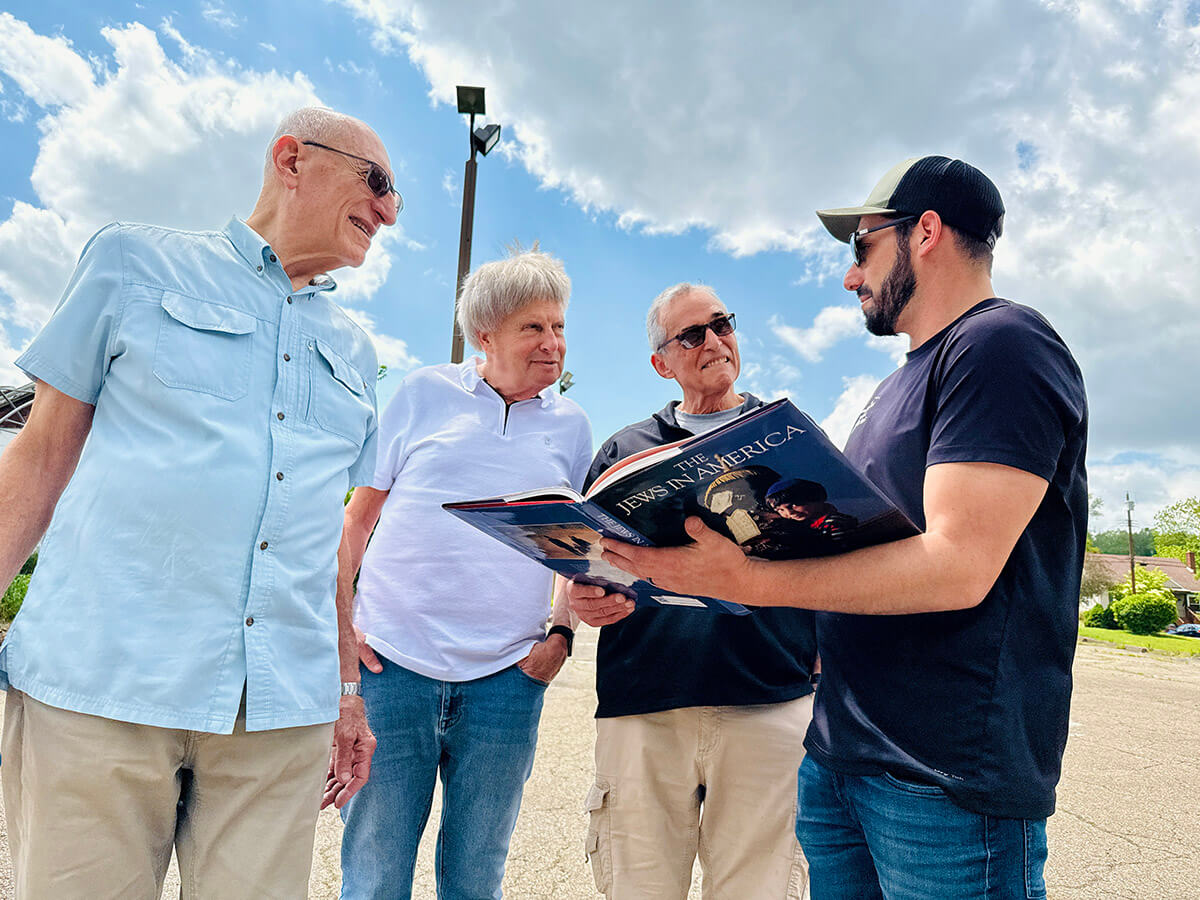
He thought of something a congregant, Jonathan Beck, had said, back when the air still smelled like faded prayerbooks and the past hadn’t yet been packed away.
“We are a cog in the Jewish diaspora,” Beck had said.
“There is no beginning or end to Judaism. It’s like a wheel. It goes around.”
Jakobs stepped into the fading light. In his mind: a cornfield. A slab of concrete. The smell of cattle. The murmur of prayer rising again.
If he built it, they would come.

